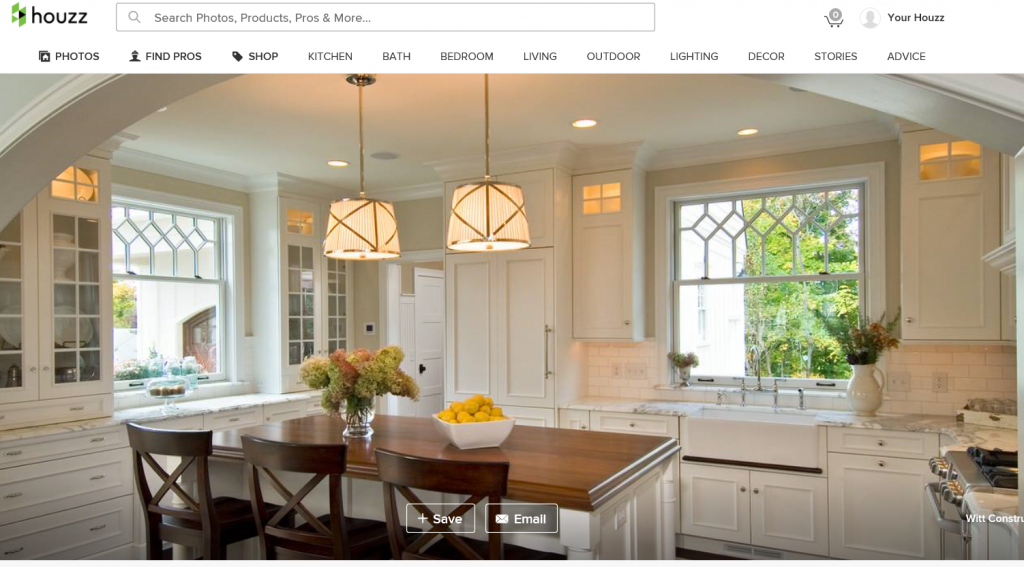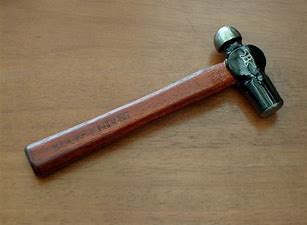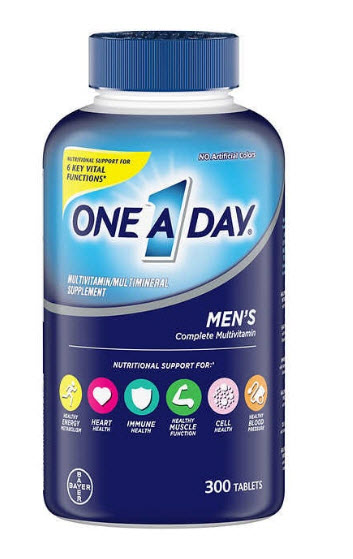Houzz, Brand Planners and Ample Asses.
Came across a cool new website called Houzz. It’s also an app on the iPhone. Someone showed me the app on the iPhone (my first user experience or FUE) where it displayed a picture of a kitchen with lots of scroll over call-outs. You scrolled over a countertop and lots of little bubbles (way too many) popped up – I assumed they were prices, or comments. For the life of me I couldn’t figure the app out. I later went to the website and subscribed and started receiving emails, which I didn’t open. Until today.
It’s a real nice website. Lots of bleed pictures, little text on the homepage, the way I like it. But I still couldn’t tell what the site was about other than home stuff so I dug in and visited the About Page. Here’s what they say:
“We are a platform for home remodeling and design, bringing homeowners and home professionals together in a uniquely visual community.”
Now that made sense. My FUE with the app did not.
The Houzz site (not the app) is an awesome resource. Power kitchen and remodeling users (people with leisure time?) spend a nice amount of energy here. This is exactly the kind of place a brand planner wants to do research. It’s the kind of place where thoughtful helpers, info seekers, and smart sellers spend time sharing. All in one location. Brand planners with ample asses (impolitic, I know) can learn a lot – sans fieldwork – on a site like this. I love finding gems like this in every category. It’s where Posters go. (Google “Posters versus Pasters”.) Peace.








